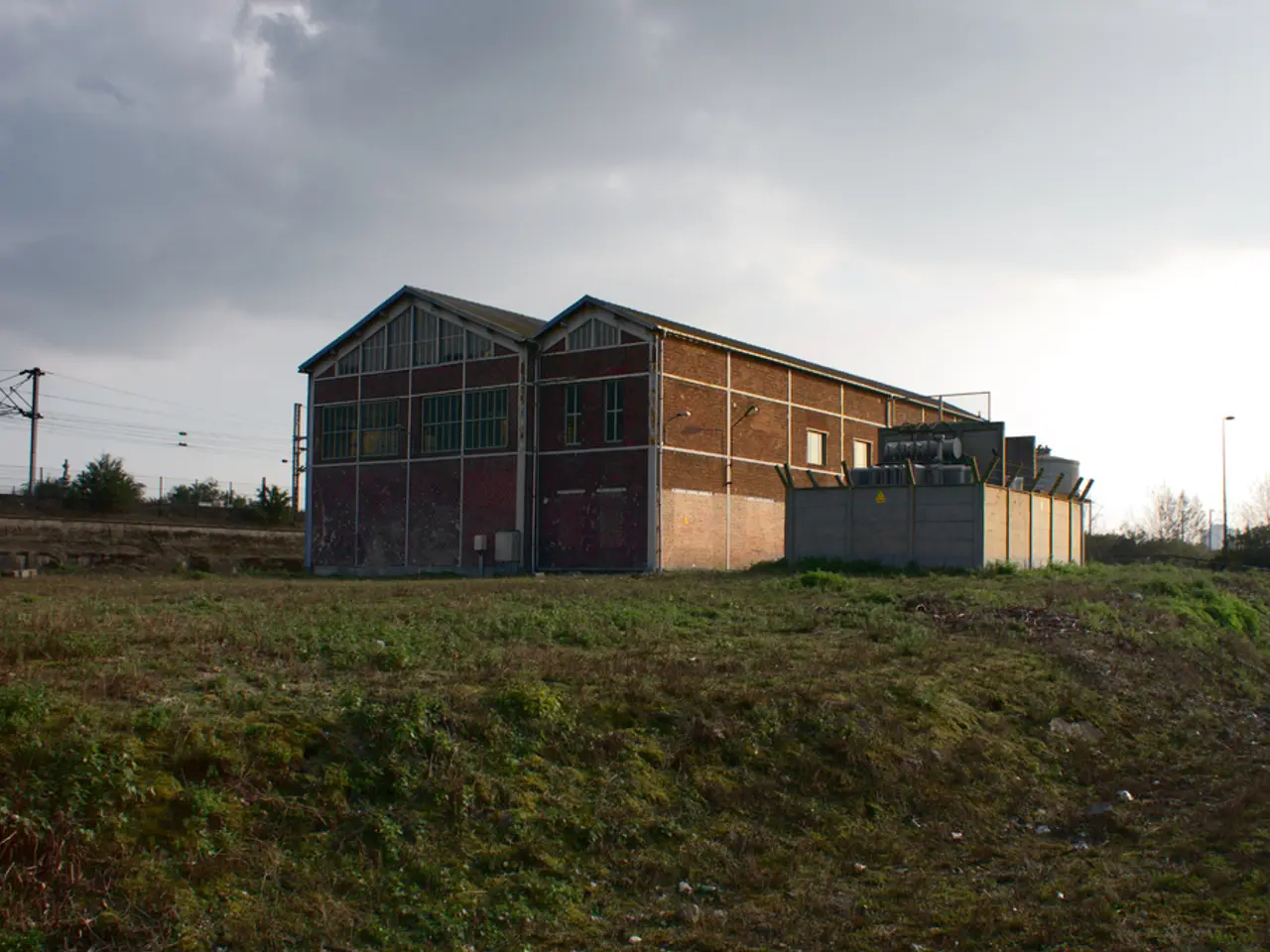Seeking ample energy? Inquire about those profiting from shortage.
In the pursuit of a cleaner, more sustainable future, the proliferation of energy storage solutions, from utility-scale batteries to electric vehicles, is driving a shift towards a distributed power system [1]. This transition is crucial in addressing the climate crisis, as making clean energy abundant is key to our efforts [2].
Three leading research projects have analysed the scale of this transition, concluding that to meet the Paris climate goals and minimise electricity costs, we must build between 70 GW and 125 GW of clean energy per year [3]. Not only is clean electricity often cheaper to deploy than new coal and gas, but in many cases, it is even cheaper than existing fossil-fuel-fired power plants [4].
However, the path to energy abundance is not without challenges. The primary opposition comes from entrenched fossil fuel interests, including corporations, political actors aligned with them, and affiliated hedge fund donors [5]. These groups wield significant influence to maintain the status quo of energy dependence on fossil fuels, preserving their financial gains from oil, gas, and coal industries.
The Trump administration, for example, has actively obstructed renewable energy development by freezing permitting for wind projects, slowing solar and wind projects on federal lands, and rolling back federal clean energy incentives [5]. These actions, widely seen as favouring fossil fuel interests and their allies while harming clean energy growth, demonstrate the obstacles faced in the quest for energy abundance.
To overcome these challenges, several strategies are being proposed:
- Legal and Regulatory Pushback: Lawsuits by states and environmental organisations challenging administrative roadblocks to renewable energy development can help reverse restrictive policies and speed project approvals [1][2].
- Economic Incentives Realignment: Reinstating and enhancing tax incentives and subsidies for renewables, while removing fossil fuel subsidies, can shift investment towards clean energy [3].
- Transparency and Accountability: Exposing the political influence and financial ties between fossil fuel interests and policymakers can build public pressure to demand cleaner energy policies [2].
- Strengthening Scientific Integrity: Protecting environmental science offices and research that inform clean energy transitions ensures policy is based on evidence, not short-term political gains [4].
- Market and Technology Development: Supporting clean energy innovation to reduce costs and improve grid reliability demonstrates renewables’ advantages, countering arguments used to justify blocking projects [3].
- Voter and Grassroots Mobilization: Building political will through electoral and community advocacy can influence decision-makers to prioritise energy abundance and sustainability [4].
Arjun Krishnaswami, a senior fellow at the Federation of American Scientists, is among those advocating for these changes. The remedy for everything-bagel liberalism, according to abundance proponents, is to limit the number of goals of government programs and reduce the requirements for funding [6].
Abundance advocates envision a future where we defeat the climate crisis, reduce cost of living, and improve quality of life by speeding up construction of housing and energy infrastructure. The main obstacles to building clean energy fast enough, they argue, are opposition from people who live nearby specific projects and everything-bagel liberalism, the tendency to add too many strings to government incentives [6].
As we move towards a cleaner, more sustainable future, the pursuit of energy abundance will be key. By addressing the challenges posed by entrenched fossil fuel interests and implementing strategies to promote clean energy, we can build a brighter, greener future for all.
[1] https://www.vox.com/energy-and-environment/2019/5/2/18522443/renewable-energy-subsidies-trump-administration [2] https://www.nytimes.com/2019/04/28/us/politics/trump-climate-change-energy-policy.html [3] https://www.bloomberg.com/opinion/articles/2019-04-11/the-trump-administration-is-killing-renewable-energy [4] https://www.washingtonpost.com/opinions/2019/04/12/trump-administration-is-waging-war-renewable-energy/ [5] https://www.nytimes.com/2019/04/10/climate/trump-climate-change-energy-policy.html [6] https://www.nytimes.com/2019/05/01/us/politics/climate-change-policy-trump.html
- Science and technology will play vital roles in achieving energy abundance, as research projects are critical in analyzing the scale of the transition toward renewable energy sources.
- In the realm of education and self-development, understanding medical-conditions related to air pollution and climate change will empower individuals to demand cleaner energy policies.
- The financial sector should consider supporting clean energy projects rather than financing fossil fuel industries, as investing in renewables can minimize electricity costs and contribute to a more sustainable future.
- To combat the influence of entrenched fossil fuel interests on general news and sports coverage, increased transparency and accountability are necessary to ensure that the impacts of energy policies on our environment and quality of life are accurately reported.




